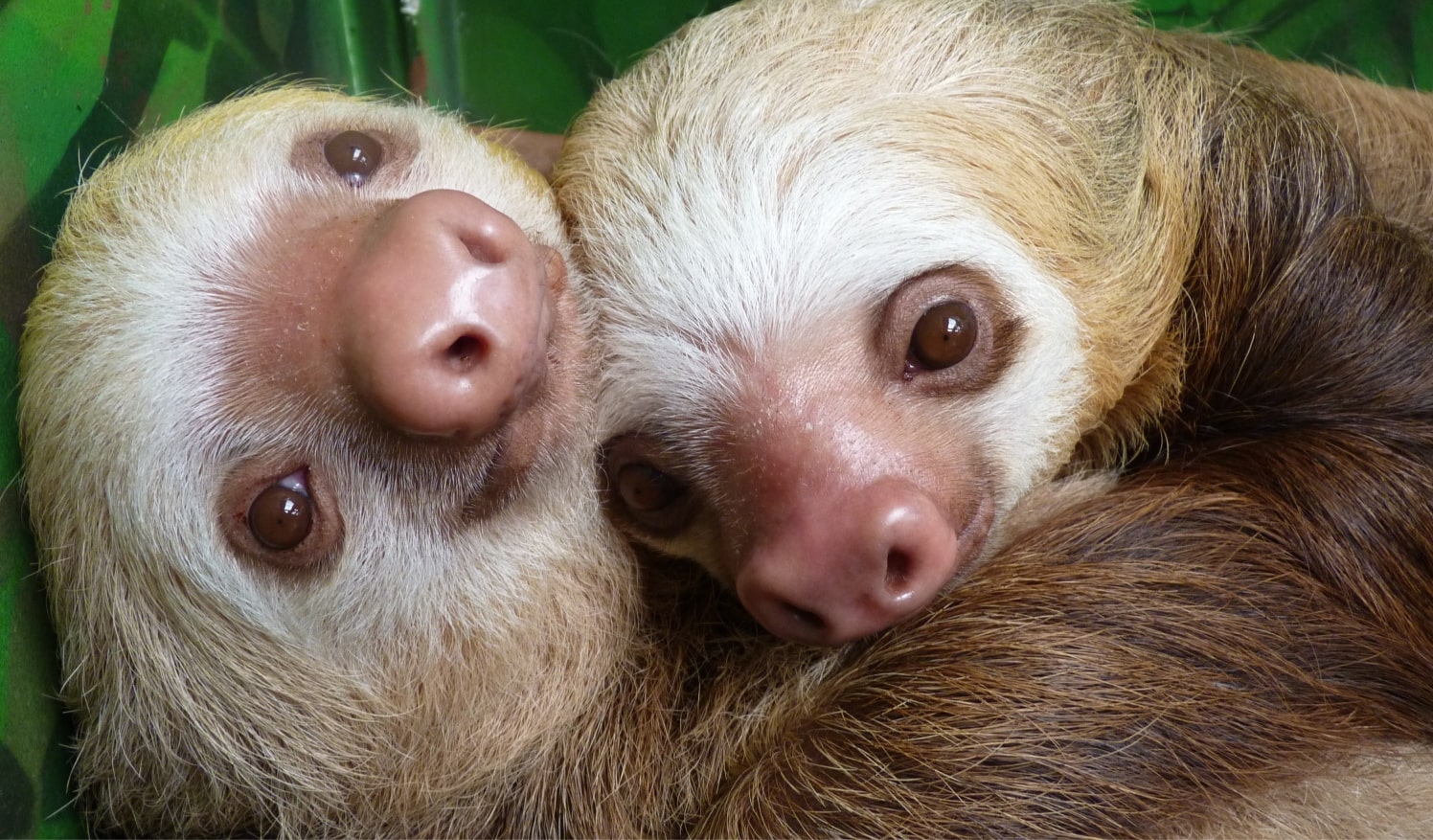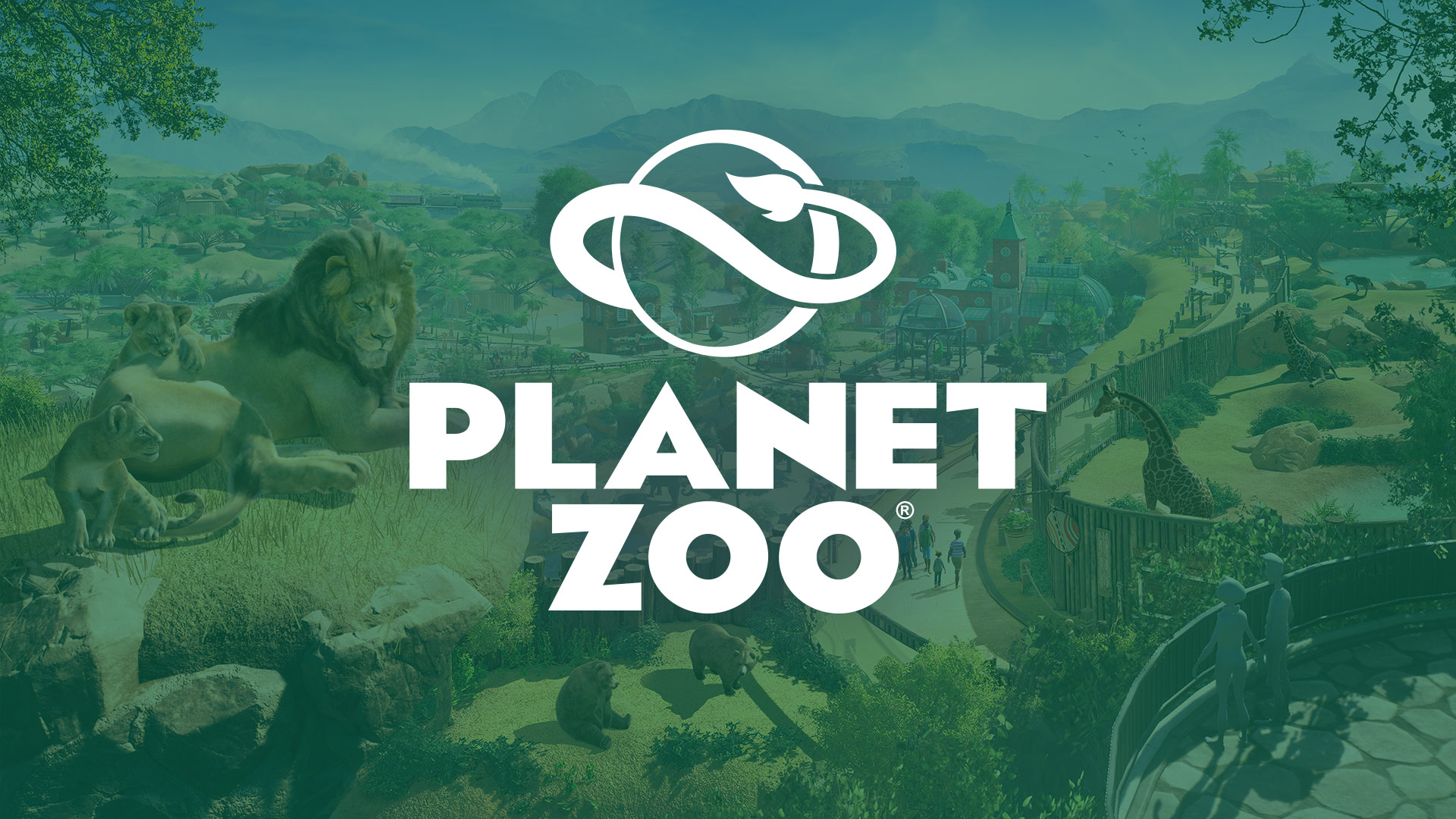I fail to see how you think that the sloth set a new precedent. Frontier has failed to factor realism into their species selections since release.Three-fingered sloths are very delicate creatures and do not thrive in captivity. Most three-fingered sloths are very likely to die within a few months of being captured and do not live long enough or are healthy enough, to breed."

Sloth Mating: Not as slow as you think - SloCo
It is rare for anyone to witness sloths in the act of mating. What there is to know on the topic, however, can be found in the Slothopedia!slothconservation.org
1) Chinese pangolin. All of the pangolin species have terrible survivorship records in captivity, and there is no self-sustaining captive population.
2) Goliath frog. Never been bred in captivity. Very high mortality rates during capture and acclimatization as with most wild-caught animals. Many specimens injure themselves jumping into barriers because they are easily startled. I personally find it distasteful for Frontier to passively promote and normalize the capture of an endangered species for captive display, especially as this species is still trafficked throughout the world live for exploitative displays like "frog races". It would have been so easy to substitute another large Anura, like the Cane toad, which could have been used to tell an interesting conservation point around invasive species.
3) Titan beetle. The larval form has never been seen, let alone bred in captivity. Maximum possible longevity of adult specimens in captivity is several weeks. All captive animals are harvested from the wild. For every wild caught animal that makes it into captivity alive, there are dozens of animals that were killed during capture and shipping. How does that not constitute poor welfare?
4) Lehmann's poison frog. Incredibly rare in captivity, and extremely difficult to breed due to its unique breeding habits.
5) Pronghorn. Nearly non-existent in captivity outside of its native range because it fares so poorly. It has been hypothesized that it is highly sensitive to temperature or humidity conditions that differ from its natural habitat.
6) Proboscis monkey. High mortality and poor welfare in zoos outside of its natural habitat. There is a thriving colony at Singapore zoo as they are able to source diverse fresh tropical foliage from the surrounding rainforest on a daily basis. Climate and endemic pathogens probably also are significant factors.
7) Wild Asian water buffalo. If you want to talk Pandora's box, there is really no explanation for this species inclusion in the game. If Frontier had the remotest concern for realism there is at least a half dozen exotic bovine species that could have been selected without sacrificing any general appeal. Afterall, unlike the brown-throated sloth the wild water buffalo doesn't have a famous meme.
A frequently requested species that can't be kept in captivity, and that I hope to never see in the game, is the marine iguana.

